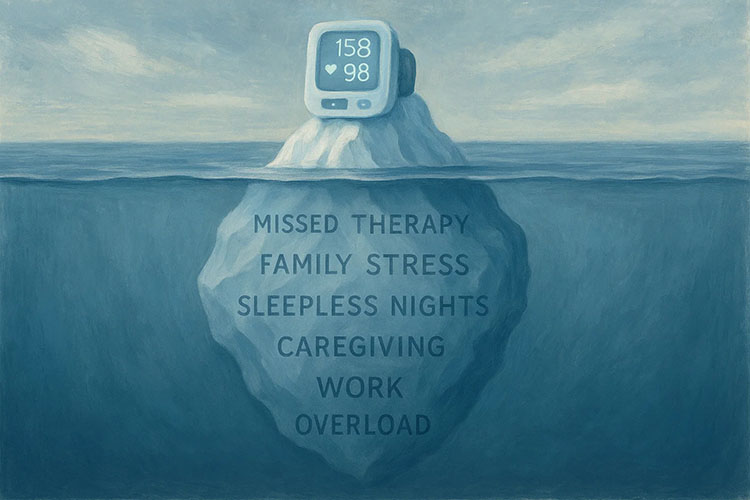
The Challenge of Hospital Readmissions
A concerning statistic reveals that 1 in 5 patients return to the hospital within 30 days of their discharge1. This frequency of readmission presents a challenge to both healthcare professionals and patients. With advancements in technology, the medical community is keen on leveraging Remote Patient Monitoring (RPM) to better predict such readmissions2.
The results? Incorporating RPM has enhanced readmission predictions by a commendable 10-15%.
Traditional Prediction Methods
Historically, the approach to predicting readmissions centered around data exclusively from a patient's hospital stay. It's equivalent to making decisions based solely on a snapshot, neglecting the broader picture. However, RPM has introduced the capability to monitor patients post-discharge, enriching the dataset and thereby enhancing the prediction's accuracy.
Inside the RPM Study
To understand the real-world impact of RPM, a study was initiated with 500 patients3. Upon their discharge, these participants were equipped with either wearable technology or were guided to use specific applications on their smartphones. This setup enabled the continuous transmission of health data, providing invaluable insights into the patient's day-to-day well-being outside the hospital environment.
Noteworthy Discoveries:
The study juxtaposed two predictive models:
1. The conventional model – relying predominantly on in-hospital data.
2. An innovative model – that synergized the traditional data with insights from RPM.
The latter model demonstrated superior efficiency. This was particularly impactful for specialists like cardiologists4, given the heightened readmission rates in their domain.
Interestingly, while wearable devices and smartphones were adept at transmitting essential data, wearables showed a slight edge in performance. Some wearables, not dependent on Wi-Fi, offered even more consistent data transmission, which is especially beneficial in remote locations.
Additional Insights from RPM
RPM's data primarily revolved around monitoring the physical activity levels and sleep cycles of participants. Although these devices are capable of tracking crucial vitals like blood pressure or glucose levels, such metrics were not the focus of this particular study.
It's worth noting that wearable users, while transmitting data at a slightly lesser frequency than smartphone users, provided more accurate sleep-related data. Given the widespread use of smartphones, their potential as an RPM tool could be further optimized for larger populations in future research.
RPM: The Way Forward
This study underscores the transformative potential of RPM in refining hospital readmission predictions. However, like all studies, it had its limitations and calls for more extensive research. The integration of RPM data, combined with modern analytical methods, offers a promising avenue for healthcare providers.
For healthcare practices looking to harness the benefits of RPM, partnering with leading industry players like Medek RPM can be a strategic move. Engage with Medek today and explore the multifaceted advantages of RPM.
Footnotes:





